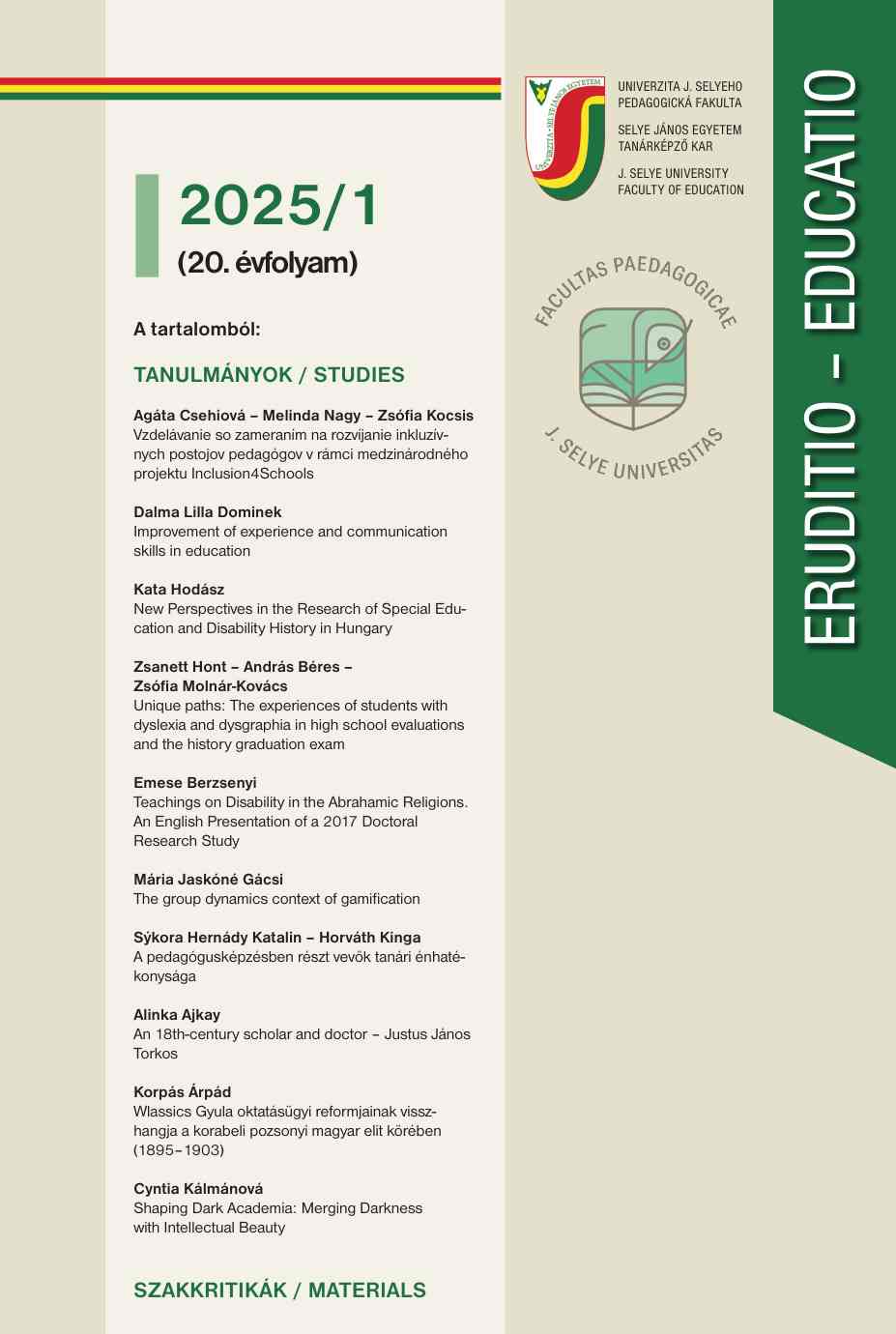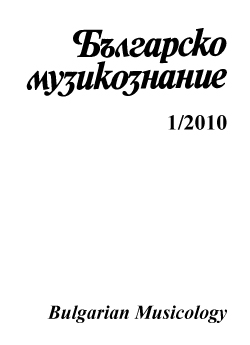
The book problematizes the stylistic phenomenon Musica Nova in Bulgarian musical culture. For the very first time is made an attempt for a comprehensive re construction of the history of the Society for Contemporary Music in Bulgaria based upon newly discovered and well structured documents from private archives (which have not been made public until now). In this work skillfully are balanced the traditional documentary and the current evidence approaches for establishing the truth. The result is a vibrant polyphony of views, without omitting or leveling of the partialities, the passions, and the distorted focus of the respondents. This approach adds authenticity and density to the text and significance to the conclusions. As a contribution I would also identify the serious attempt to build a typological model of the festival and the rest of activities of the Society for Contemporary Music in Bulgaria, as well as identifying its key figures. It’s very important that the festival has been defined as a phenomenon associated with the category style. Highlighted is also the fundamental concept of the Society: to be present on the Bulgarian music – and more important, cultural scene, by describing not only the actual achievements, but also the intentions that were particularly rich and interesting during the Presidency of George Tutev. Thus, the researcher has drawn a panoramic view of possibilities. In general, the work of Diana Danova- Damianova makes the movement Musica Nova historical, living in facts, memories and even restless tensions. I am grateful to the author, for leaving the end of this work open, suggesting that the past (as pleasant it might have been), has a value only when it contains a hypothetical possibility to become (in one or another way), current again.
More...Keywords: Blind; graphical view; visualizing
Dianos Raudonienės daktaro disertacijos „Grafinis atvaizdas, skirtas aklam suvokėjui: vizualumo ir taktilikos santykis” recenzija.
More...
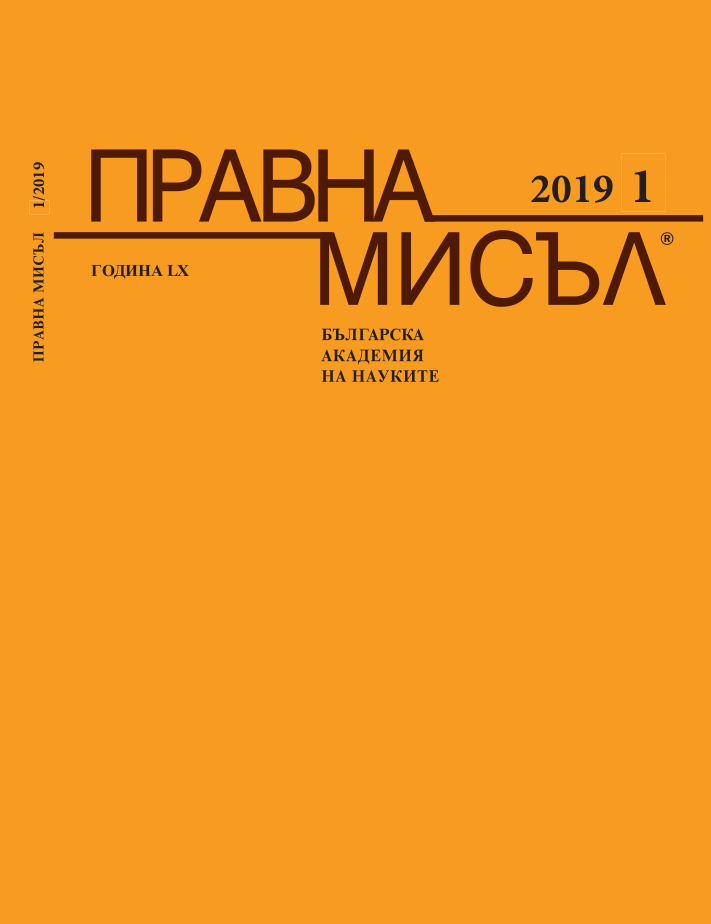
Keywords: female rock poetry; Diana Arbenina; Svetlana Surganova; “Nochnye Snaipery” (‘Night Snipers’); “Kaplya degtya v lozhke meda” (‘Drop of Tar in Spoon of Honey’); “floating” gender identity; queer strateg
This paper is devoted to the analysis of ways of artistic representation of the queer strategy, which was relevant in the female rock culture of the 1990s. At first, the strategy worked primarily for the benefit of the image of performers. Later, it promoted their cultural codification. The relevance of the study is due to the great interest of the humanities in gender issues, particularly, in the gender analysis of the text. The study has been performed in order to identify the main forms of explication of the queer strategy in female rock culture. To fulfill this purpose, the following main methods have been used: structural, motivational, and biographical. The paper cites a series of examples proving that this strategy was used in the most declarative and consistent way by the duet “Nochnye Snaipery” (‘Night Snipers’) by Diana Arbenina and Svetlana Surganova. The duet was perceived as a queer due to the biographical myth that was created by both the musicians themselves and their fans. Simulation of the queer image took place at two levels: visual (appearance, style of dress, behavior) and verbal (lyrics). The material for the literary analysis is the first album of the duet “Kaplya degtya v lozhke meda” (‘A Drop of Tar in a Spoon of Honey’) (1998), the authentic version of which included 27 compositions. Based on the results of the study, the following conclusions have been made: the queer strategy in the verbal subtexts of the rock composition is realized through the “floating” gender identity of the lyric subject and object and the poetics of corporeality. The obtained results are of great importance for further research of the gender image of the world in female rock poetry.
More...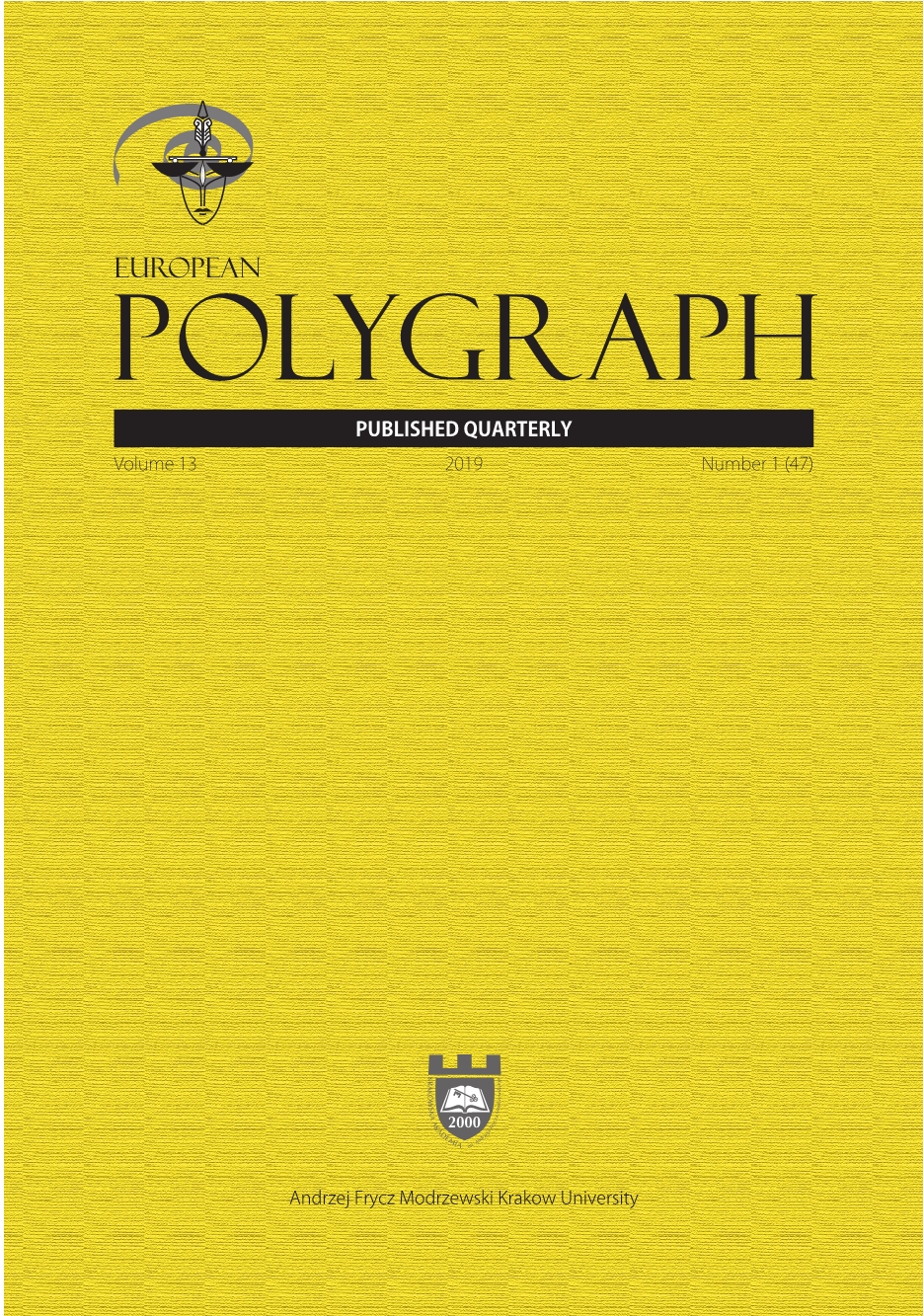
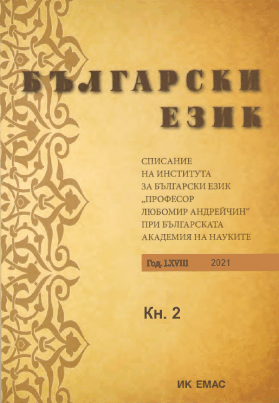
This article presents the newly published neological dictionary of the Bulgarian language. The author focuses on the characteristics of the included vocabulary and the presentation of the information in the dictionary entries.
More...
Keywords: Diana Ivanova; linguistics; bibliography;
More...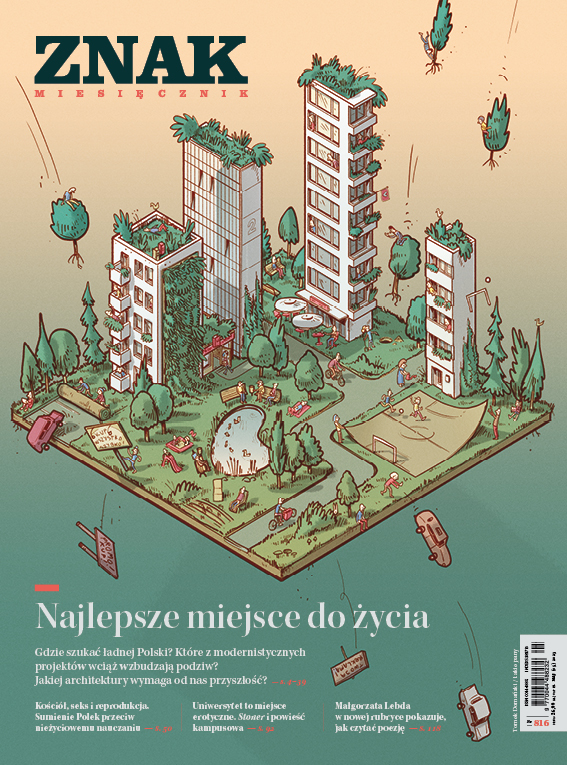

Keywords: Old Czech literature; Czech literary history;
Review of: Anca Irina Ionescu, Diana Florentina Popescu, Literatura cehă veche: suport pentru seminar, București: Editura Universității din București, 2022, 136 p., ISBN 978-606-16-1314-4
More...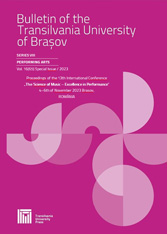
Keywords: Flute; duo; Aeolian sounds; slap-tongue; tongue ram; modern sound production techniques; performance;
This article is dedicated to the analysis of the piece “Co(ho)quet(us) for two flutes” written by Diana Rotaru, a young-generation Romanian composer, in 2011. It examines the new methods of sound production on the flute, linking them with musical language, the architectonics of the piece, as well as the composer's explanations and remarks about the flute's role in her oeuvre, the significance of these new sound production methods, and her relationships with famous contemporary flute performers. Emphasis is given to modern flute playing techniques such as Aeolian sounds, slap-tongue, and tongue-ram.
More...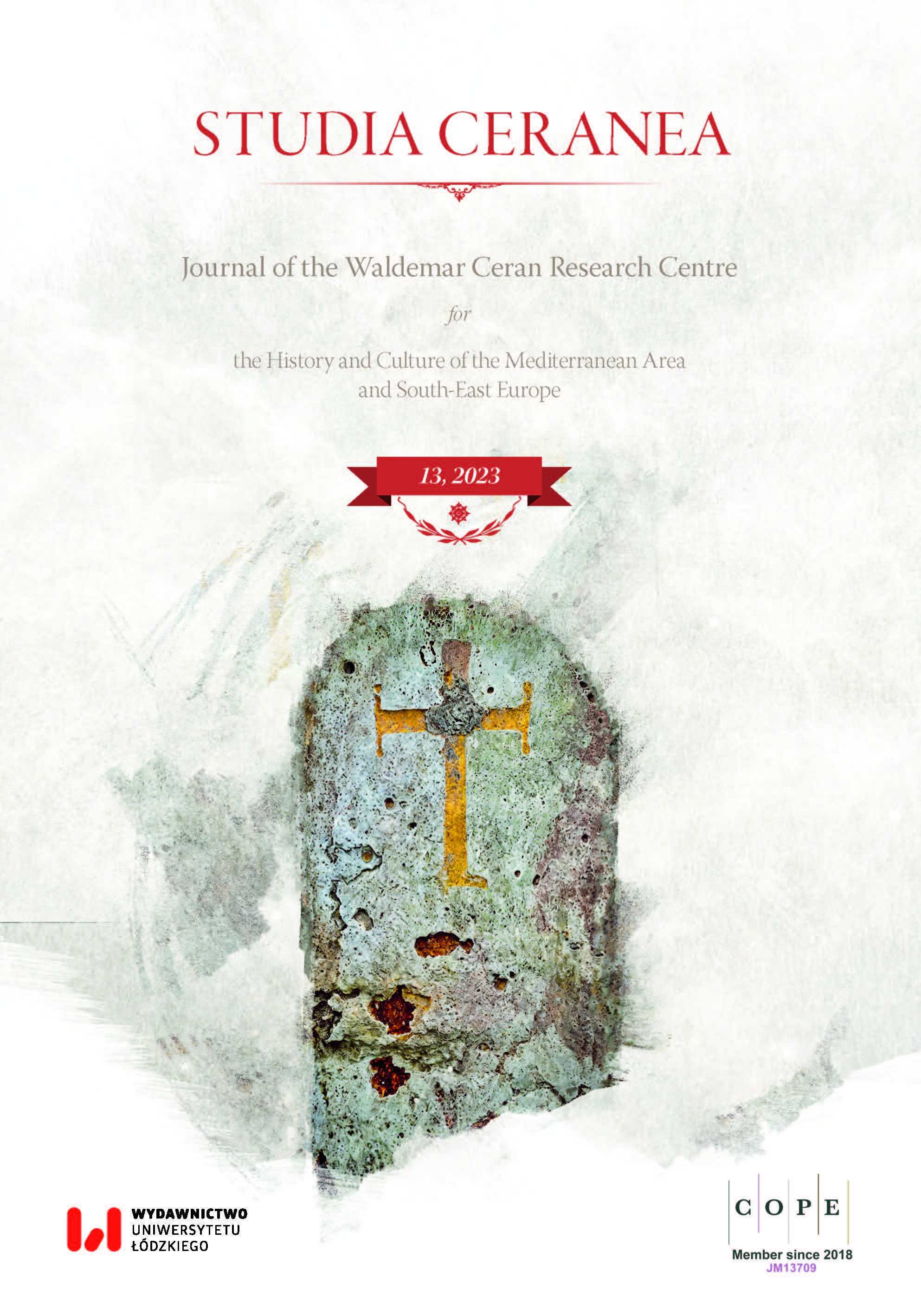
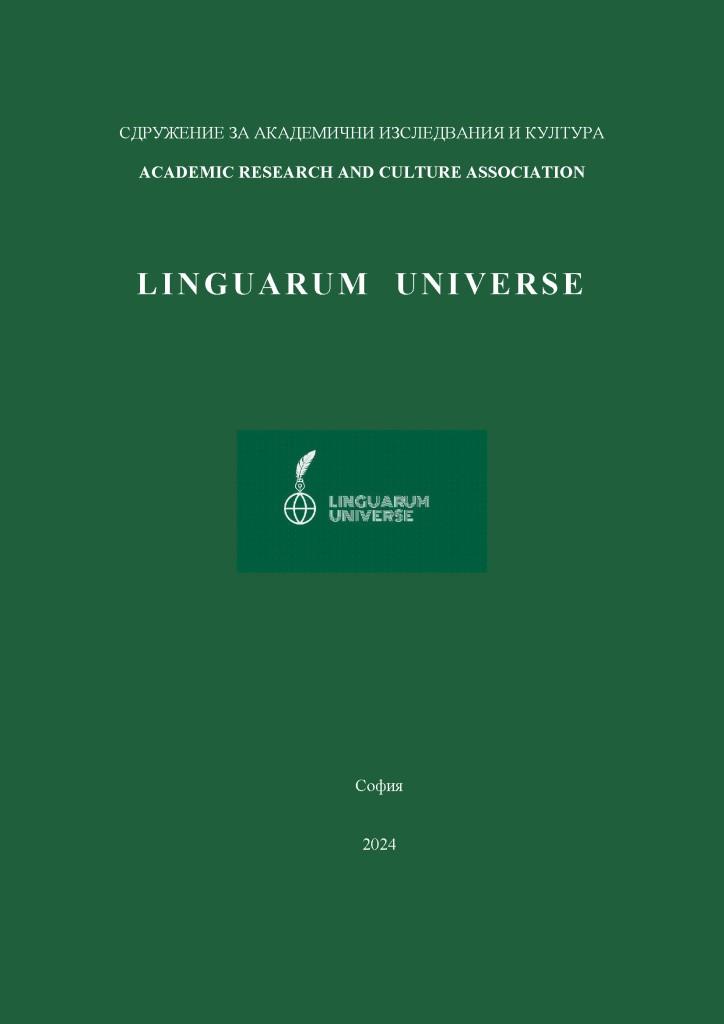
Keywords: russian female rock poetry; Diana Arbenina; anti-songs; idiolect
The article studies the issues of russian rock poetry in terms of linguocultural analysis. Diana Arbenina is a Russian rock poetess, the leader of the rock band “Night Snipers” /Ночные снайперы/. Besides songs and lyrics, Arbenina writes poetry and prose. Over the years of her career, Diana Arbenina has created more than 460 songs and poems which she prefers to call "anti-songs." The article aims to identify the anti-songs of Diana Arbenina in the context of modern humanitarian knowledge. The terms “rock text” "poetry", and idiolect are specified. The article addresses a rock text and rock poetry as a complex synthetic phenomenon and concludes that the texts of Diana Arbenina are closely associated with poetry, melody, musical rhythm, and vocal. The accent in the article is devoted to analysis of the Arbenina's anti-songs and contains the description of lexical and syntactic features of her texts, examples of language game, specific features of intertextuality references in the context of nowadays Russian rock poetry.
More...
Rival Byzantiums: Empire and Identity in Southeastern Europe. By Diana Mishkova. Cambridge: Cambridge University Press, 2022. 357 pp
More...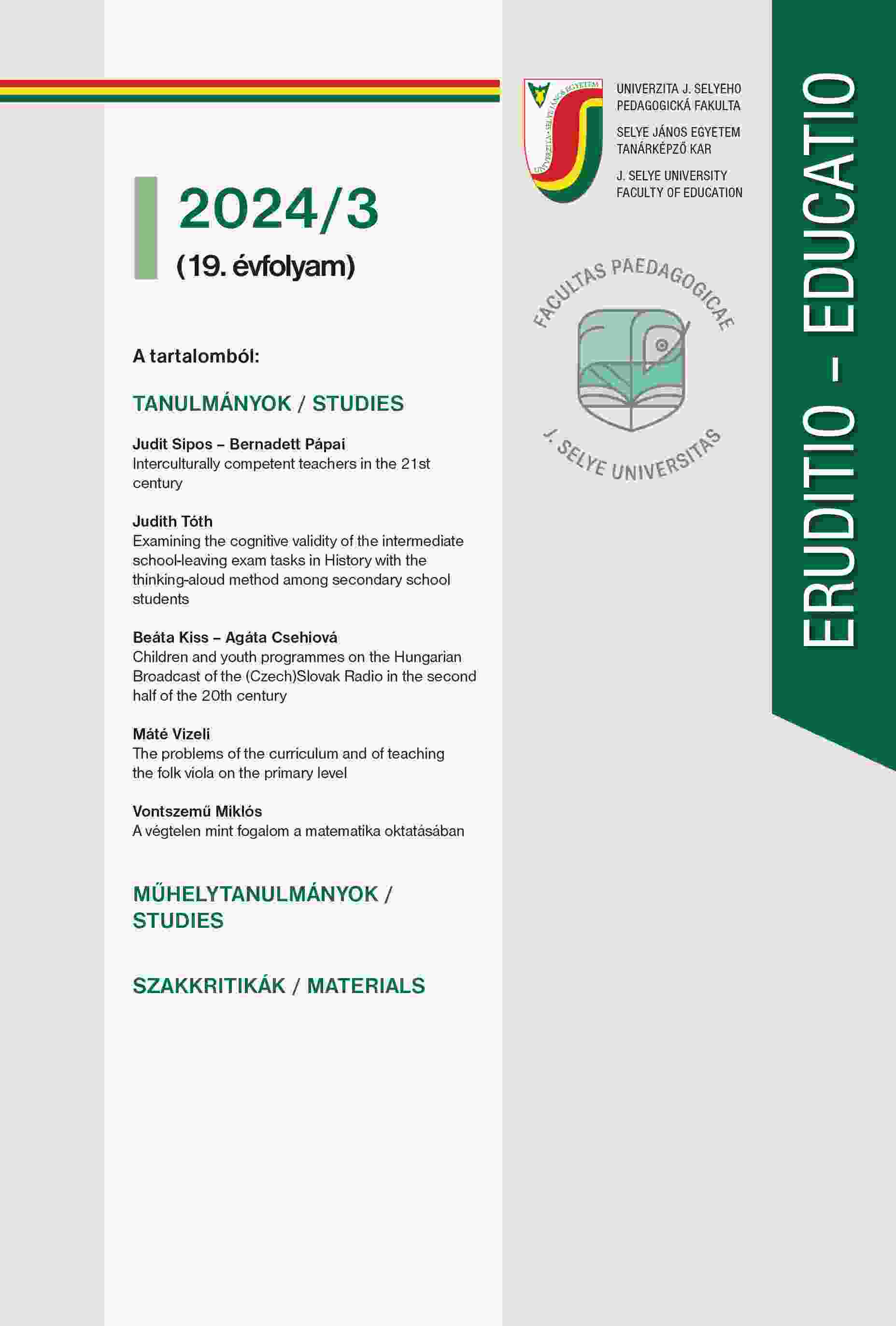
Keywords: reviews;
Review of: Józsa, K. – Borbélyová, D. (eds.) (2024): Diagnostic Assessment of School Readiness. Gödöllő: MATE Press.
More...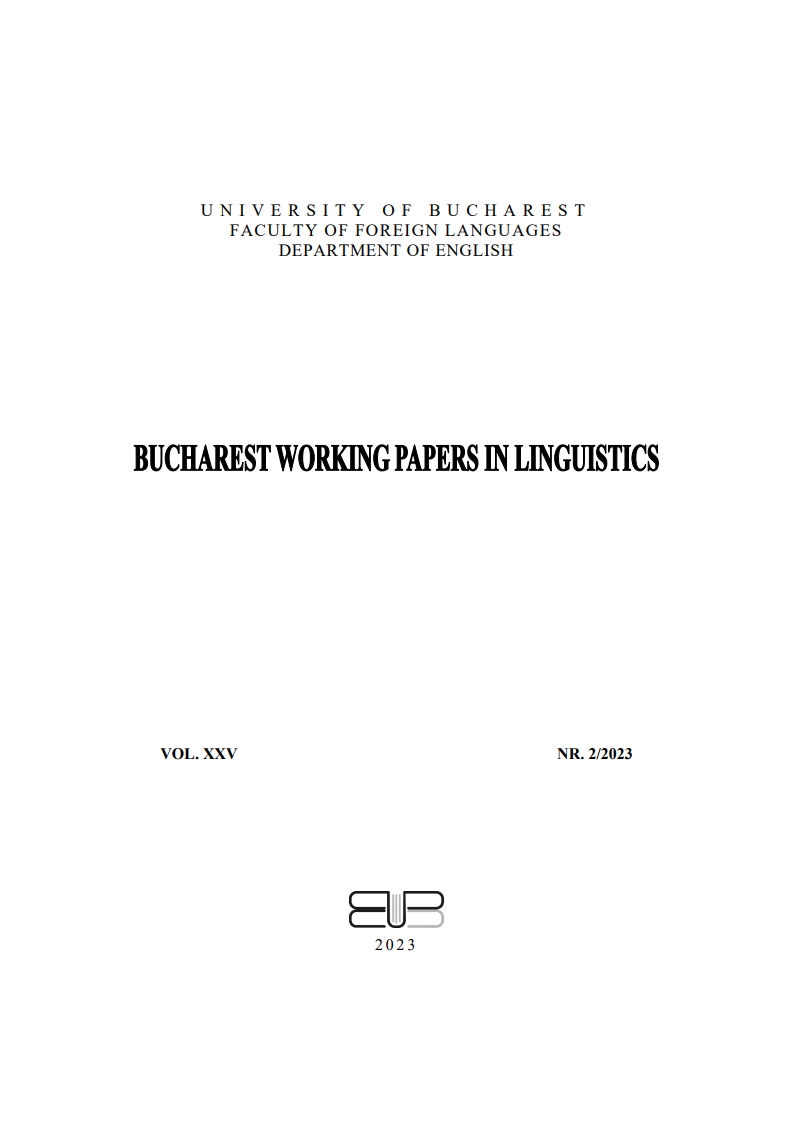
Keywords: Costin-Valentin Oancea; review; linguistics studies;
Diana Hornoiu’s book Understanding Pragmatics: From Theory to Practice is included in the book series ‘Studies in Linguistics’, published by Ovidius University Press. The book consists of eight chapters, followed by appendices and references
More...Keywords: mythe; literature; theatre;
Diana-Adriana Lefter presents, through this volume, a diachronic journey tracing the long-standing relationship between myth and theater. This is a dense and significant book in the field of theater studies, bearing the mark of a specialist in literature and myth criticism. Structured into three chapters and six appendices, Lefter's work explores the presence of the myth of Hercules' birth and the myth of Oedipus in plays from Greco-Roman Antiquity and French literature. There is a thematic structure—all the comedies in the corpus revolve around the same mythical subject, the birth of Hercules, while all the analyzed tragedies explore the myth of Oedipus—as well as a chronological structure, as the author seeks to capture the evolution of the two dramatic genres. This is a well-thought-out choice and an excellent selection of texts, as it allows for a parallel evolution: that of the dramatic genre and that of the literary adaptation of myths. .
More...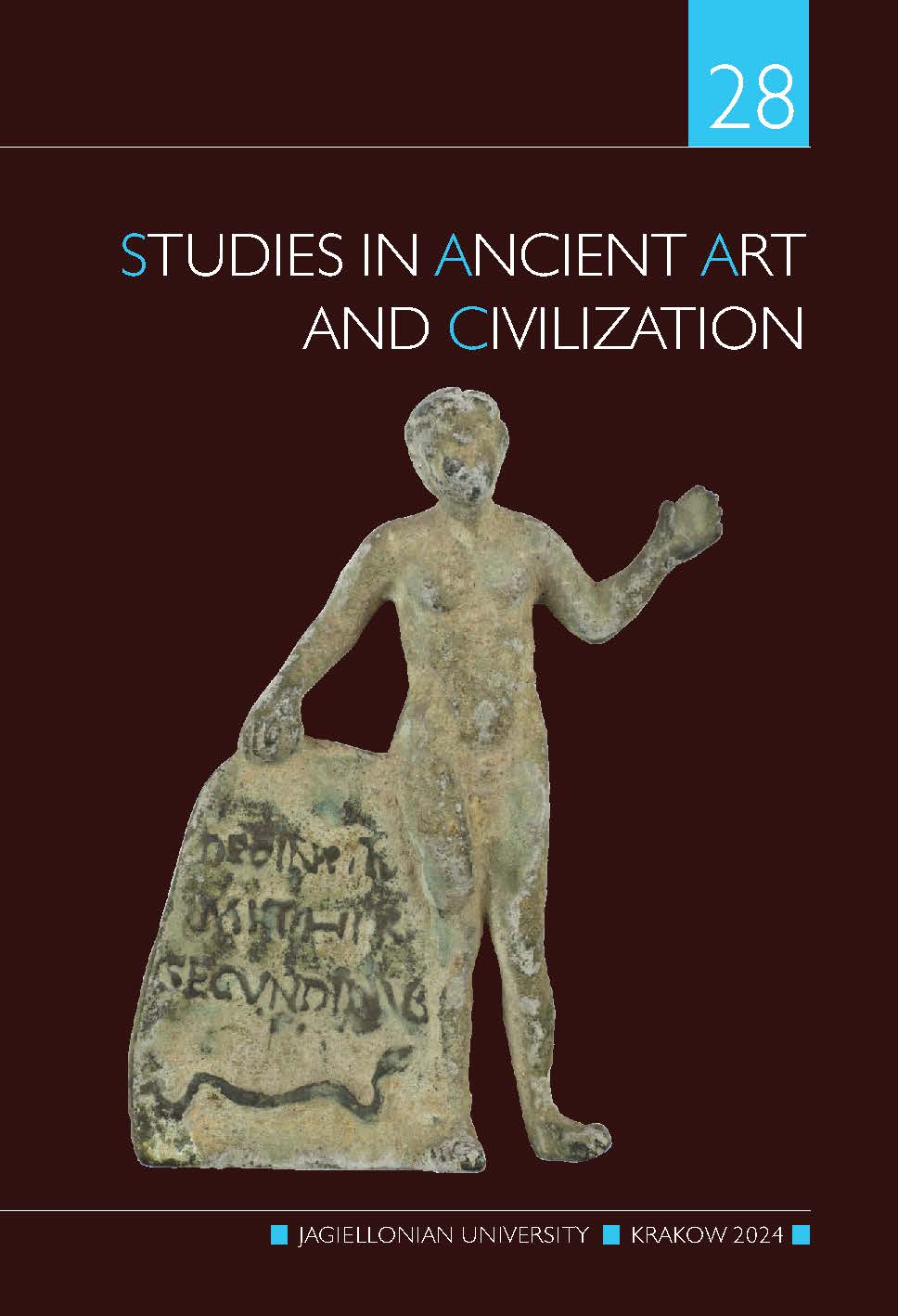
Keywords: Alban Hills; Latium; Pleistocene; Early Holocene; Environmental changes; Prehistoric archaeology; Lithic industry
The excavations of the Temple of Diana at Nemi (Lake Nemi, central Italy) from 2009 to 2021 yielded pre-protohistoric lithic artifacts. This information, combined with available geoarchaeological and palaeoenvironmental data, enables a reconstruction of lake level changes as well as human socio-economic and cultural activities in the area from the end of the Pleistocene to the Mid-Late Holocene. The results suggest that Epigravettian hunters occasionally exploited the basin area during the Final Palaeolithic. In the Early-Middle Holocene, rising water levels, reaching approximately 360 m above sea level, potentially hindered human occupation. However, during the Mid-Late Holocene, decreasing water levels allowed late prehistoric and protohistoric groups to engage in diverse activities in the basin, leaving traces that may hold early symbolic significance. The geomorphological setting and early occupation dynamics influenced the palaeoenvironmental conditions and the patterns of human presence and utilization of the area during the Iron Age and historical times.
More...